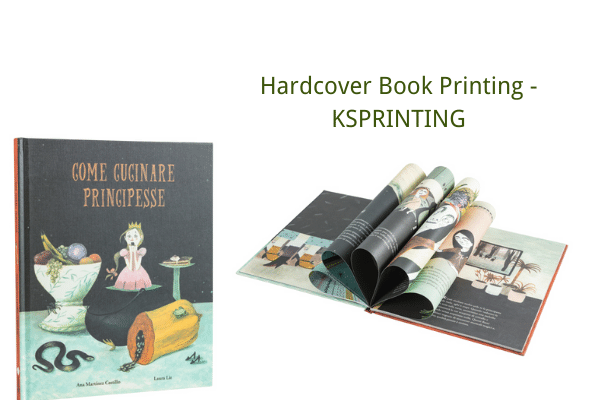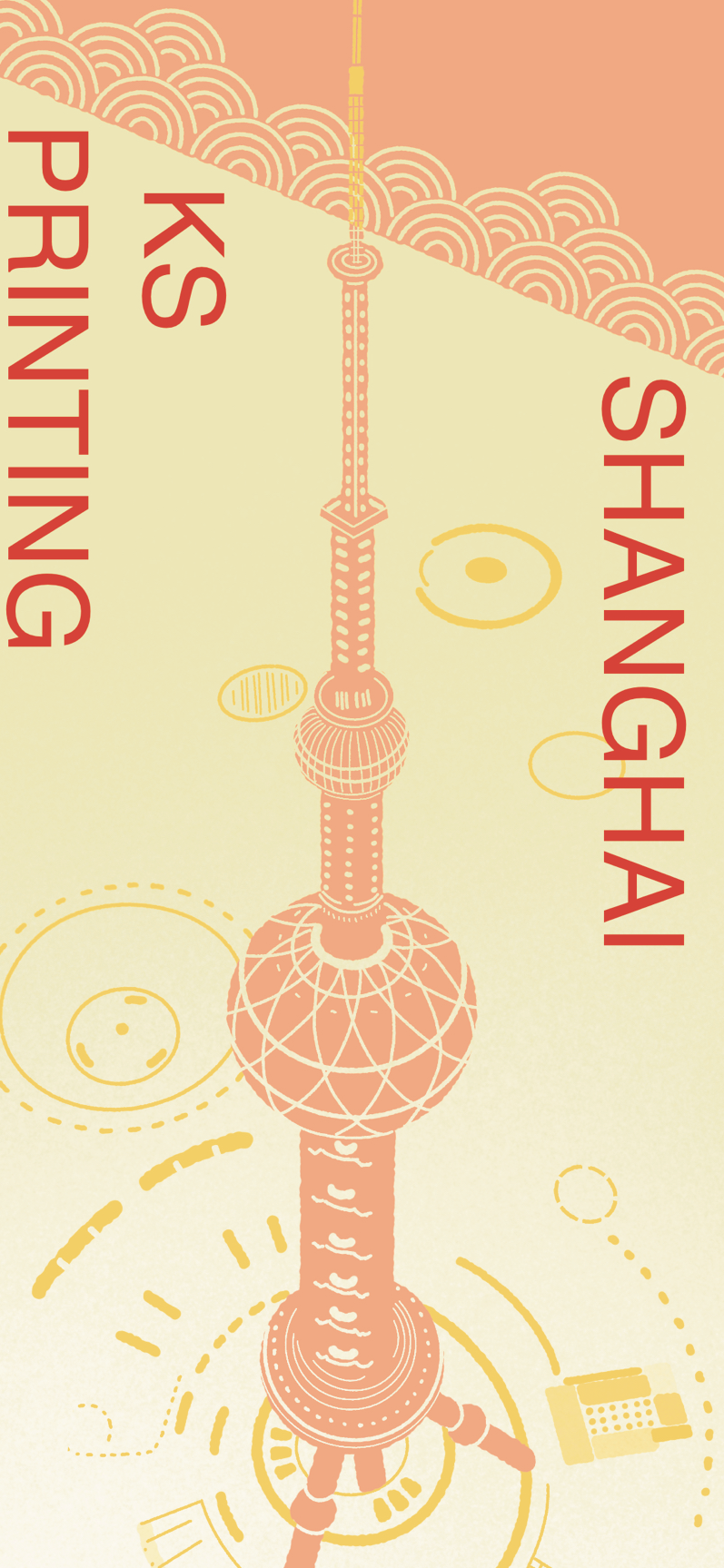The process of hardcover book printing and different cutting methods guidelines
2021-05-14
Hardcover Book Printing
Booklet printing processing will be printed pages into various forms of books, go through a series of processes, mainly folding, page matching, stapling, core processing, wrapping, cutting, finished product inspection, packaging and other functions.
Different forms of binding, the process is also different. In terms of the binding process, the hardcover book printing critical process is more complex, low efficiency, high cost, paperback book processing is much simpler than hardcover books, cover more 120-180gm2 paper printing, lower price.
Folding: This is the first binding method, regardless of any critical way, must be folded before the following process. The so-called folding, that is, a printed page under the size of the booklet opening, tucked into the specifications of the child.
With the page: a book of the book post in page number order with the carrier. Now more than the use of automatic pagination. The efficiency of the page-matching machine is about 60 to 150 books per minute. A good book post at the back of the book has a black square mark called the fold mark, and it is used to check whether the book is posting ah with the wrong mark.
The lock line is the book post with a cable connected. There are two kinds of manual lock line and machine lock line.
Compression brush glue: lock line after the book core is very loose, which requires the use of a layer of gauze. So far, the processing of the book core is complete. Some hardcover book is printing to add ribbons, cutting rounded corners, dyeing mouth and other processes.

Hardcover book printing and several fine picture book printing. What are the specific cutting methods of common materials?
(1) the cutting of the ring lining. Suppose the original paper has a significant wisp direction. In that case, it should ensure that the tip of the ring lining wisp after the opening and the narrow side of the book parallel, such as 16 hardcover book ring lining, 787mm × 1092mm paper can be opened out of 8, but if the original article for the wisp paper, only four can be opened. Of course, it can also be replaced with other sizes of the original document to improve the utilization of paper.
(2) fabric cutting. First, to determine the size of the fabric used in a book, the reference formula is as follows.
① the height of the fabric (vertical) = open book size height + 3mm (floating mouth) + 2mm (cardboard thickness) + 13mm (fabric wrap) × 2.
② the width of the fabric (horizontal) = book thickness (round back, book thickness × 1.15) + 2mm (cardboard thickness) × 2 + [open book size width + 6mm (book slot) + 3mm (floating mouth) + 2mm (cardboard thickness) + 13mm (fabric wrap)] × 2.
Assuming that the size of the open book is 260mm × 186mm, book thickness of 30mm, and round back, according to the above formula, the amount of fabric for one book can be calculated.
Fabric height = 260 + (3 + 2 + 13) × 2 = 296 (mm)
Fabric width = 30 × 1.15 + 4 + (186 + 6 + 3 + 2 + 13) × 2 = 459 (mm)
Therefore, the required fabric size for 1 hardcover book printing is 296mm×459mm
Assuming that the customer provides the fabric width of 1000mm, each roll is 100m long, the best cutting method is to cut the roll into a flat sheet of 1000mm×900mm, one can open 6 books, and each roll can be 6×100/0.9=666(books).
The exact situation of some hardcover book printing should be noted and need to be analysed in detail.
① If the utilization rate of the fabric used is low, consider replacing the fabric with other specifications.
②If there is a wrinkle in the whole roll of fabric in the material department, this department size should be subtracted from the total size.
③If there is any joint in the whole roll of fabric, the number of copies produced should be reduced according to the actual situation.
④Fabric such as thick and thin, uneven coating, the bottom of the flower and other issues, should be reduced in size or change material.
⑤ such as fabric stamping problems, should negotiate for material or increase the number of stamping and foil size.
(3) plug cloth and other small material cutting.
① plug cloth = book thickness × 1.2 × shrinkage compensation × 2 (up and down both sides)
② ribbon length = open book diagonal length + 20mm
hardcover book printing, the actual amount of material used, should also be based on the number of processing procedures and products to give a fair amount of additional release to meet the needs of processing losses. At least the actual amount should be reported, or to replace the waste with new.








































